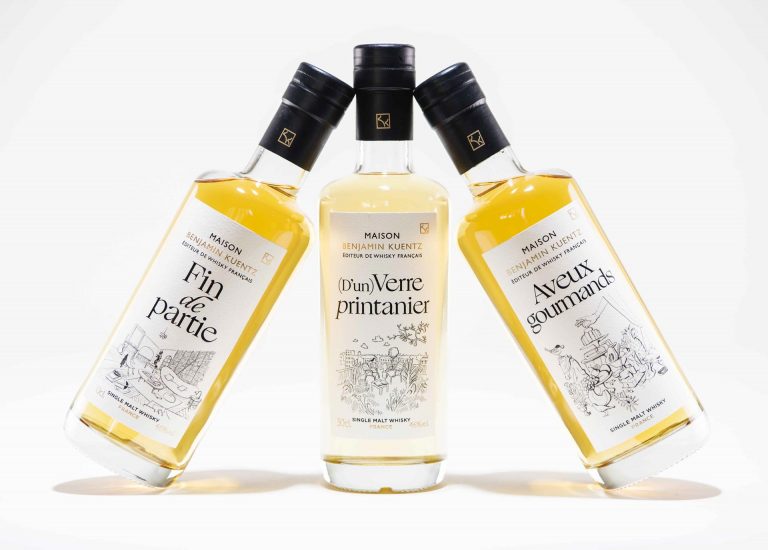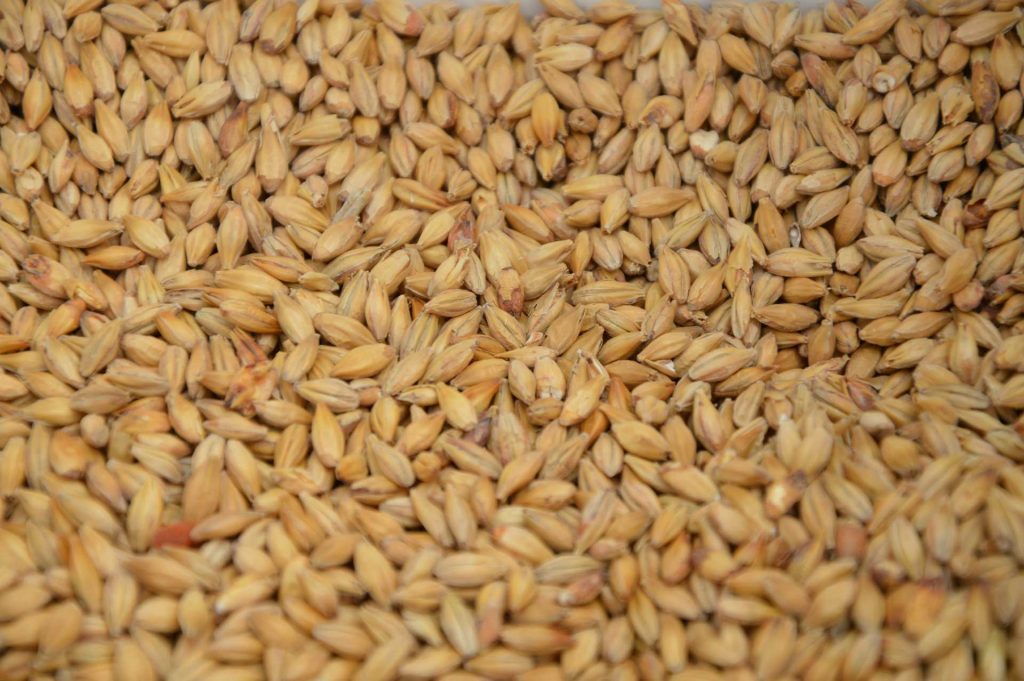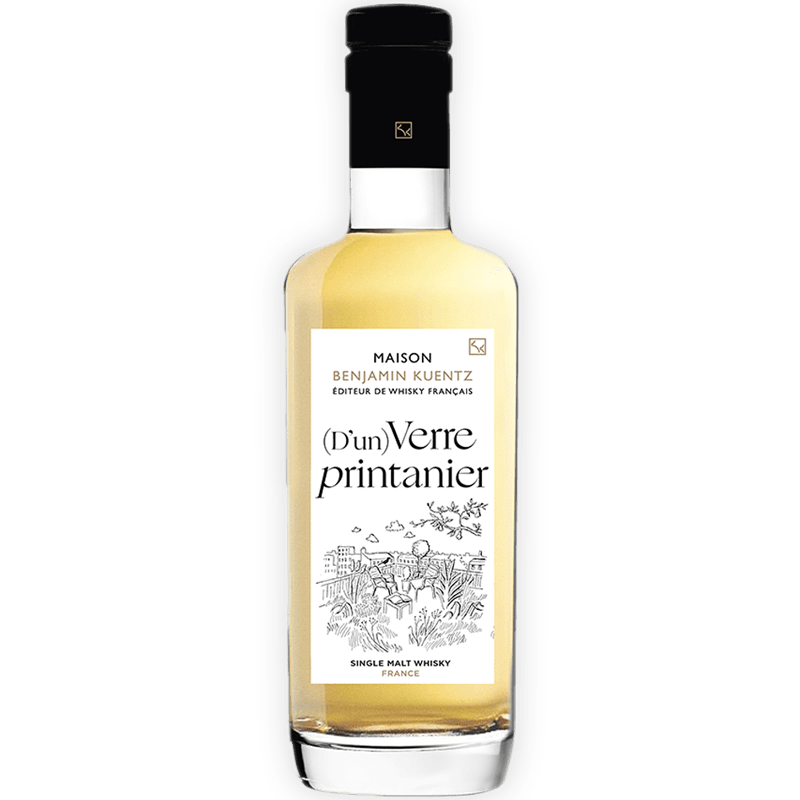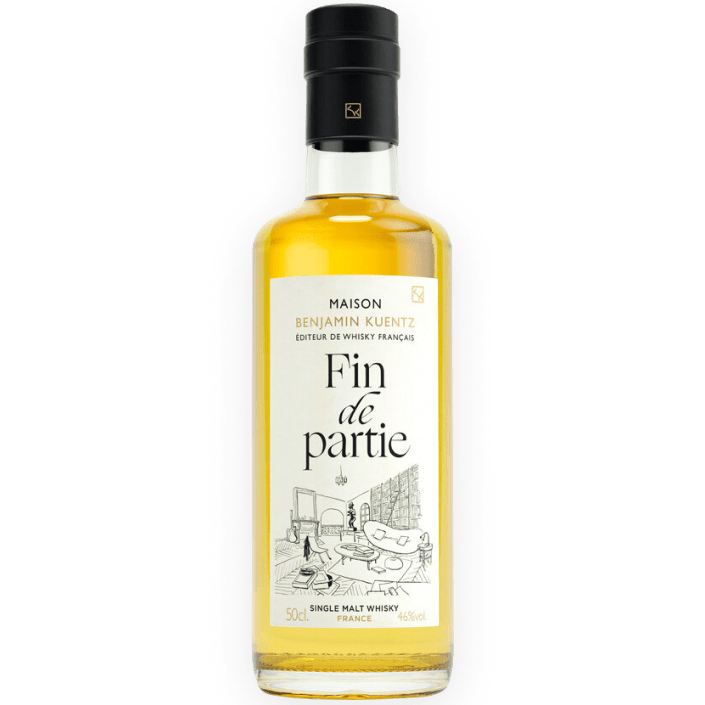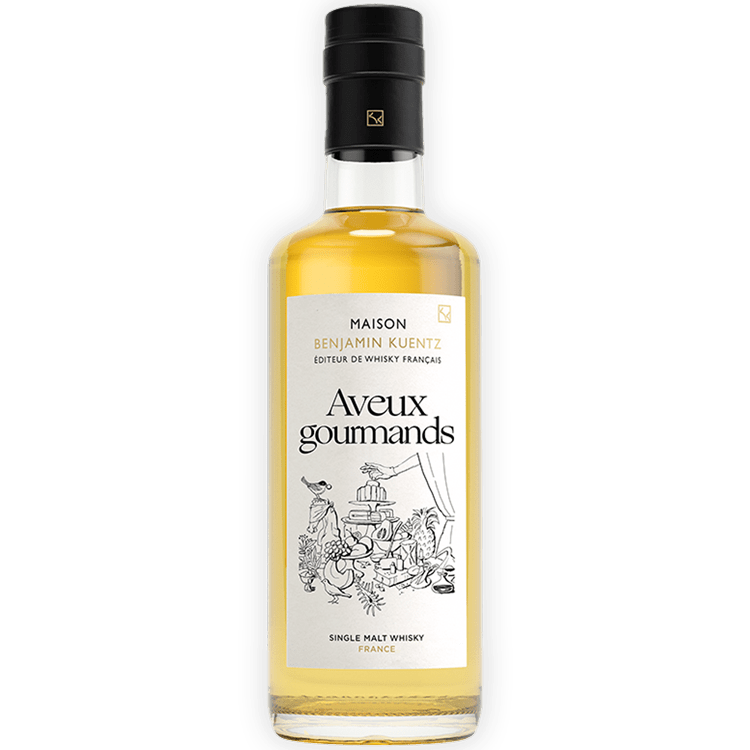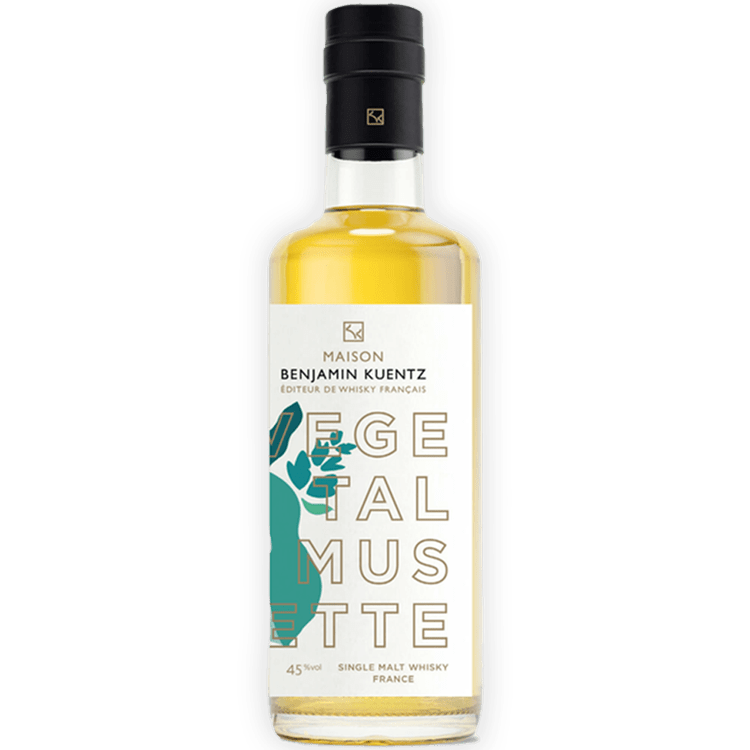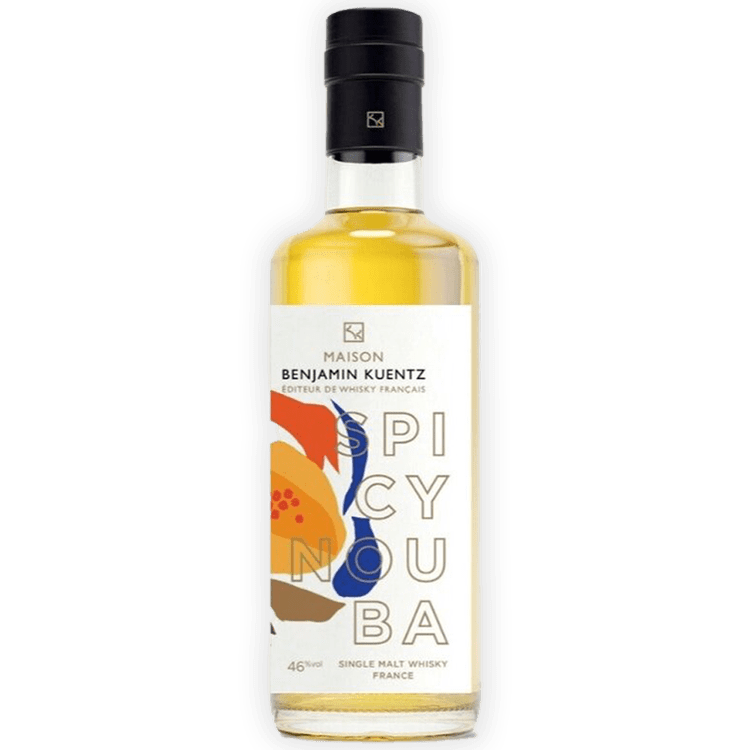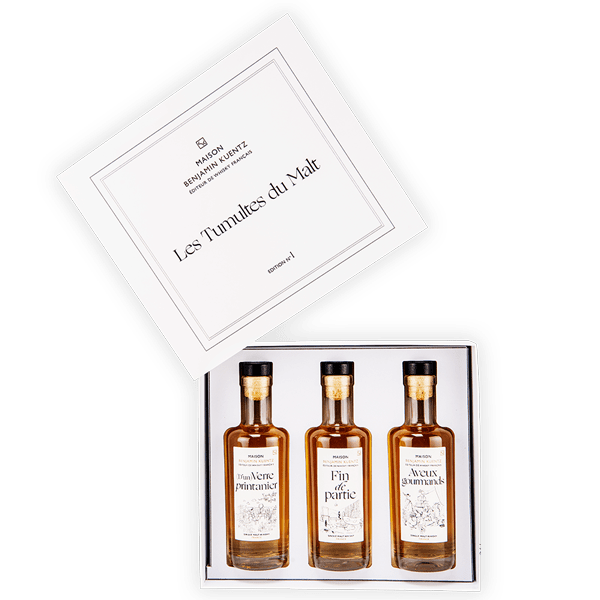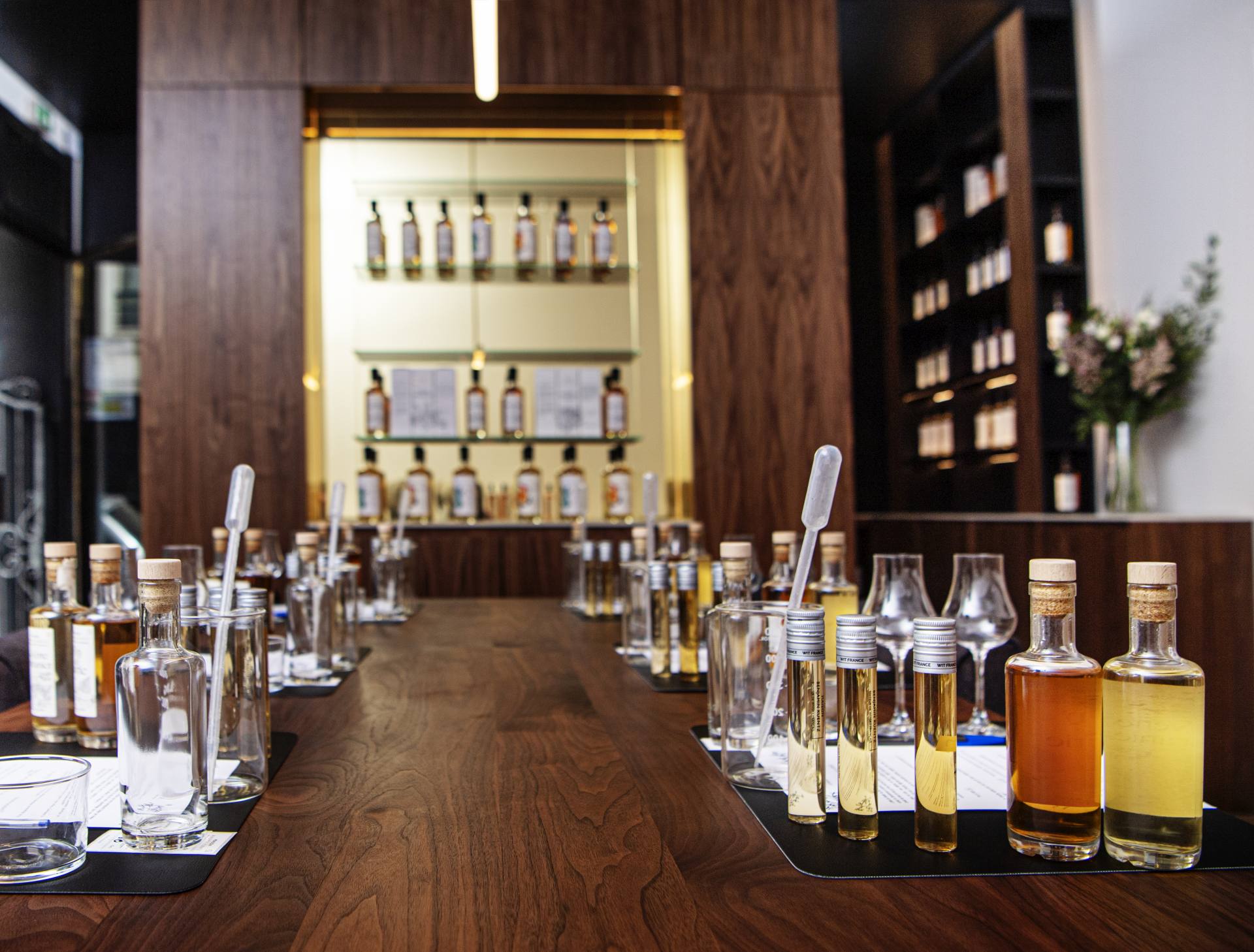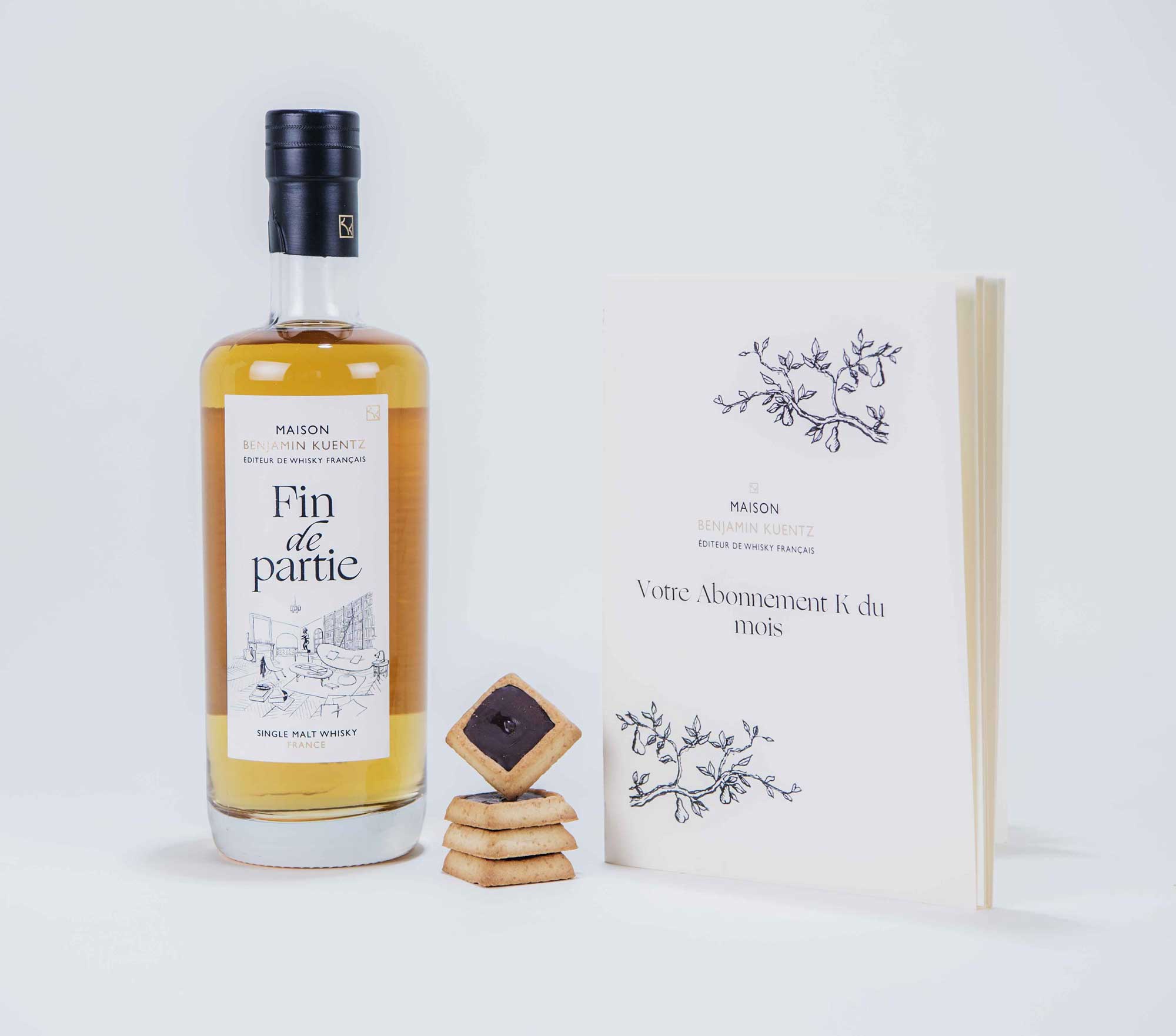Previously, I explained you that there are different ways to dry the whisky, which can impregnate in a definitive way the aroma of the grain and thus the whisky.
Some of the characteristics brought by the drying process are extremely sought after by certain end consumers: who doesn’t know a great lover of smoked or peated whisky in their circle? Perhaps you, the reader, are too?
Smoked whisky: drying the malt
In the kiln, the famous kiln I mentioned in the previous episode, the malt can be dried in two ways: by INDIRECT HEAT, without direct contact with smoke, the malt will develop the initial fruity and floralaromas of the grain.
However, in DIRECT CONTACT with the smoke of a fuel, it will become deeply impregnated with it. Thus a whisky which has been dried over a wood fire will develop smoky notes which are sometimes intense.
Our Aux Particules Vines #1 whisky, aged in Puligny-Montrachet Grand Cru barrels, is slightly smoky. You can still find this limited edition at some of our partner wine shops.
Peated whisky: a natural characteristic of Scotland
Let’s start with the definition of THE TURBINE. Peat is an organic matter resulting from the decomposition of plants when the environment respects certain strict conditions of pronounced acidity of the environment and absence of oxygen.
It covers the ground with a solid, moist, brown to black layer that can be several metres deep. We call these places where peat abounds TOURBIERS. Little vegetation grows here except for wild grass. The countries that naturally have these peat bogs are Canada, Russia, and the countries of the United Kingdom such as… Scotland, the motherland of whisky.
Thus, in Scotland, peat is a naturally abundant fuel. It is therefore logical that the Scots used it to dry their malted barley; and the peaty aroma so appreciated today appeared almost by chance, the Scots working with the natural resources present on their territory.
Peaty : a little bit ? much? The “ppm” to measure
Peated whiskies are peated on a GRADUATED SCALE; and this is measured using PPM, phenols. Phenols are aromatic chemical compounds whose presence rate is calculated: the part per million (ppm).
In malthouses, the level of peat can be controlled by adjusting the amount of peat burned, the time the grain was exposed to the smoke, and the moisture content of the peat. A dry peat will produce little smoke, while a wet peat will produce a lot of smoke, marking the grain even more.
Today, lightly peated whiskies range from 1 to 10 ppm. It’s 10 to 30 ppm for medium peated whiskies… And they are highly peated beyond that. Some Scottish producers use malts exceeding 150 ppm. I suppose that the length in mouth of such a realization must be counted in… Weeks!
Our Guip, the flagship of the House of Benjamin Kuentz, is a lightly peated whisky. To put it on the ppm scale; you will learn today that it is at 6!
A peated whisky without peat combustion… it exists
But there are other, much less common ways to get peat flavours in the glass, without burning peat during the drying of the malt. These techniques provide a peat that can be finer and are therefore also very interesting.
For the first method, I am going to approach very quickly here a step of the whisky making which will intervene in some episodes of the Dessous du Malt: THE BRASSAGE. After malting, the grain is ground into a coarse meal, water and yeast are added, and the whole is mixed. If the water used for brewing is peaty, the whisky will be too!
The second method comes from the cask that will be used to age the whisky. If it has already hosted a peated whisky before, the wood will have kept these aromas and will share them with the new whisky being aged. A barrel can also be smoked with peat smoke before being filled. Once again, the wood will mark the brandy.
A whisky with roasted notes: it’s possible, and it’s explained!
In the first episode of Les Dessous du Malt, I wrote that whisky is a beer brandy. You all know this famous Irish beer, black in color, not very fizzy, with a taste reminiscent of coffee and chocolate? You have it in mind, for sure! This beer is part of the STOUT family, also called dark beers. Its unusual aroma and colour is due to the fact that the malted barley grains used in its manufacture are not simply dried, they are TORREFIED! To do this, the barley is heated to a high temperature, around 200°C. The colour changes, but so does the fragrance.
The same treatment can be done for the barley from which whisky is made. The result is a delicious whisky with notes of orange peel, coffee and cocoa.
This episode was packed, I’ll give you that, but I hope you enjoyed it and take away some learnings. In any case, you now know all about peat, don’t you?
